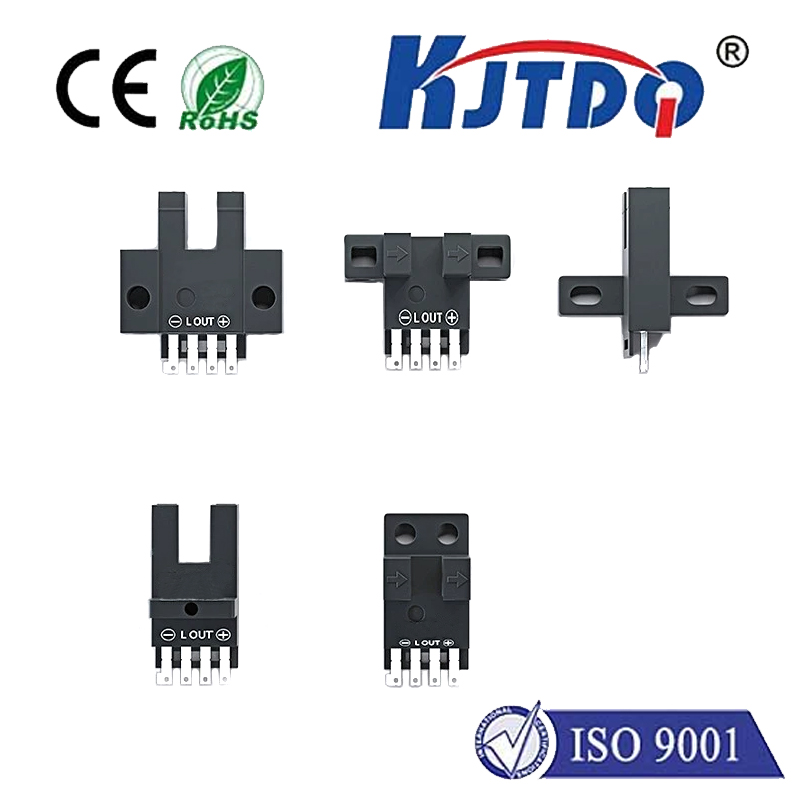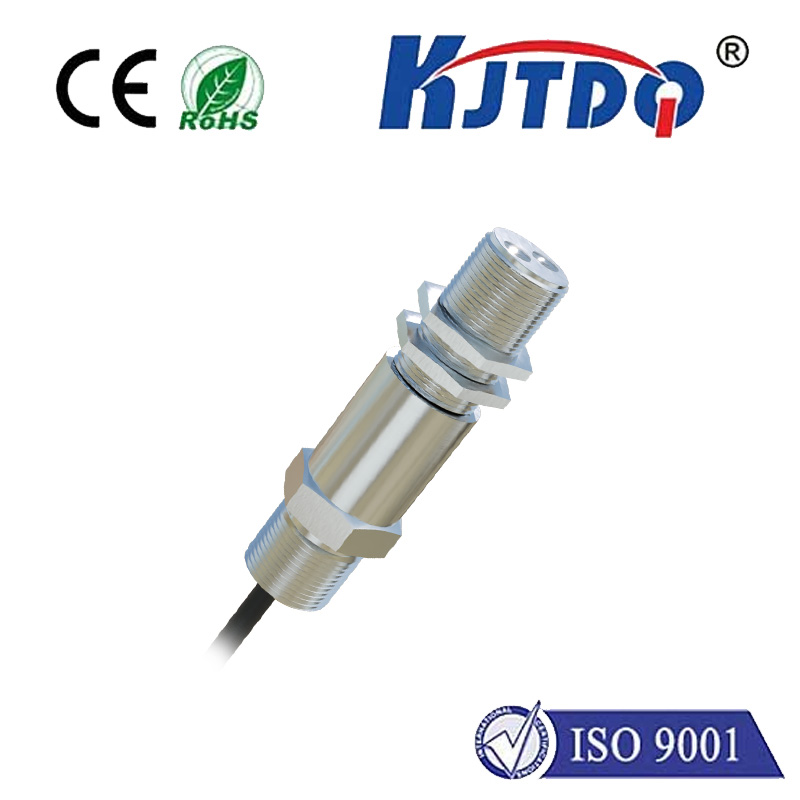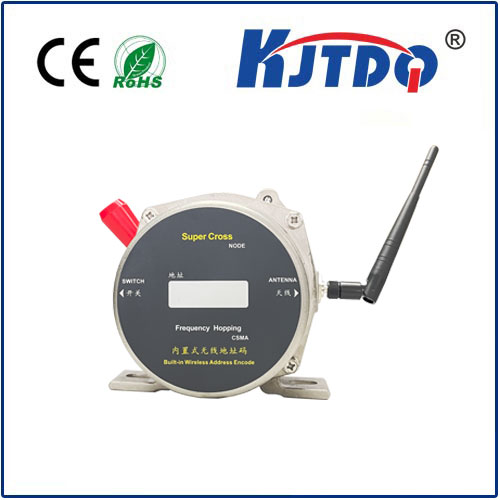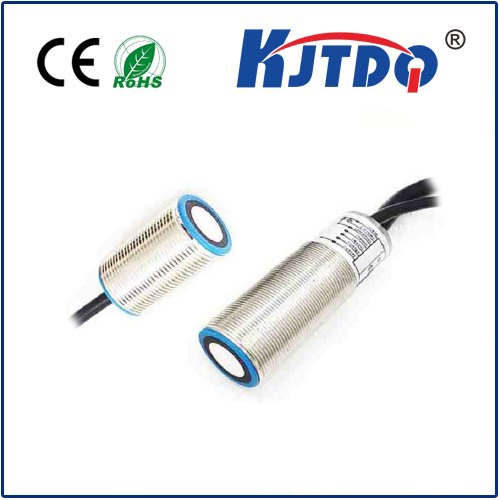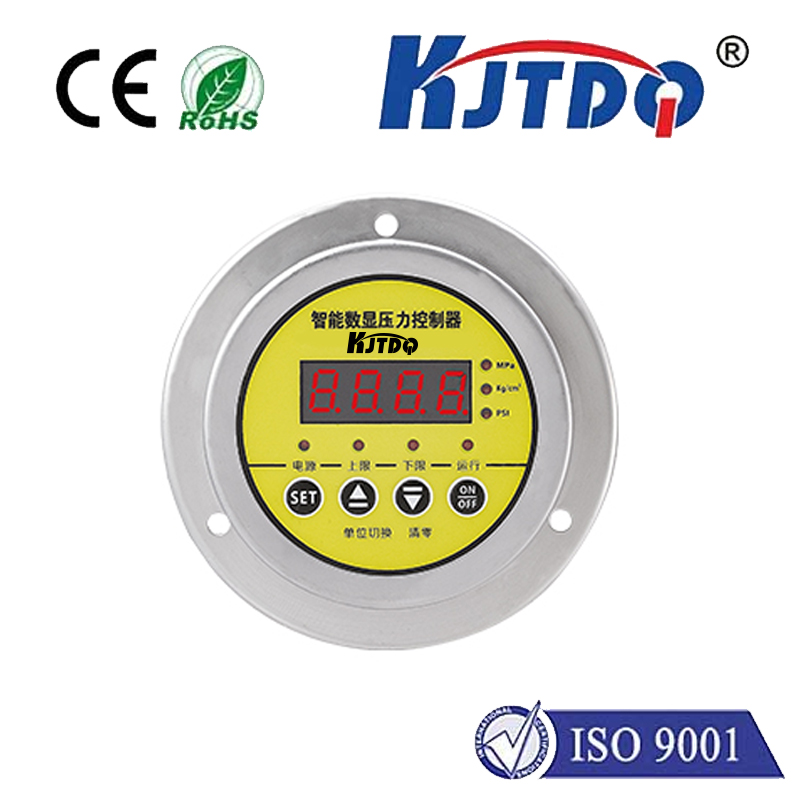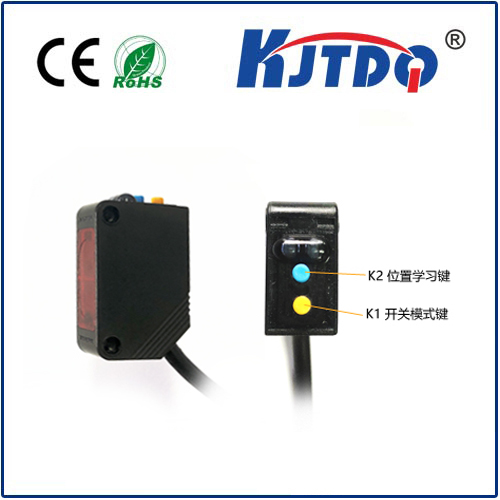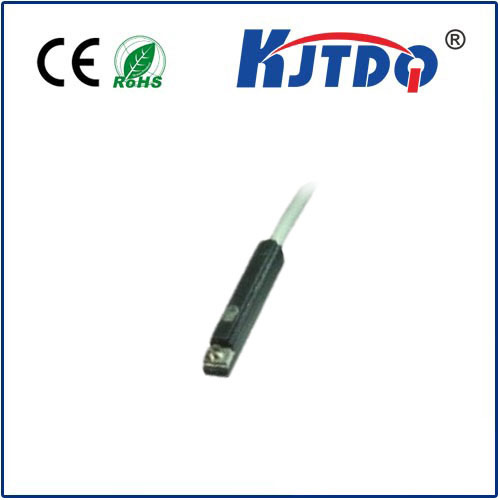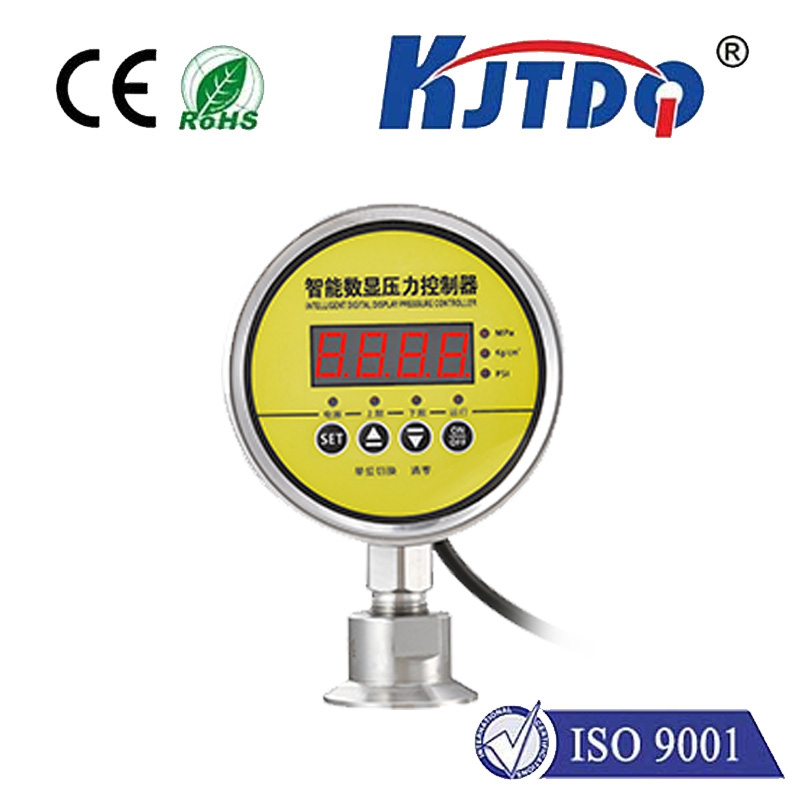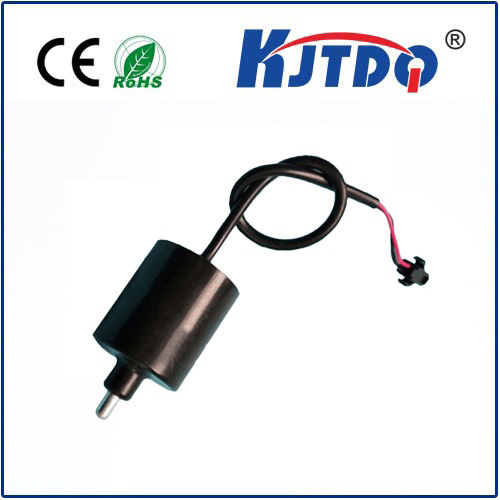
check

check

check

check

check

check

check

check

check

check
In today's fast-paced industrial landscape, automation and efficiency are key drivers of success. One such technology that has revolutionized industrial automation is the Jigo proximity sensor. These advanced sensors offer a range of benefits, including enhanced productivity, reduced maintenance costs, and improved safety in industrial applications. This article explores the various ways in which Jigo proximity sensors can be used to achieve these goals.
Firstly, let us delve into how Jigo proximity sensors can improve productivity in industrial settings. By accurately detecting the presence or absence of objects, these sensors can be integrated into automated processes for seamless operation. For instance, in a manufacturing assembly line, robots can use Jigo proximity sensors to detect when an object is present and move towards it. This not only speeds up the production process but also reduces the likelihood of human error. Similarly, in warehouse management systems, Jigo proximity sensors can be used to track the location and movement of inventory, enabling better allocation of resources and optimized storage.
Secondly, Jigo proximity sensors can help reduce maintenance costs in industrial environments. Unlike traditional mechanical sensors that require regular replacement or cleaning, Jigo proximity sensors are designed to operate continuously without any wear and tear. They also have a longer lifespan than many other types of sensors, making them a cost-effective investment over time. Additionally, by providing real-time feedback on system performance, Jigo proximity sensors enable predictive maintenance, allowing engineers to address potential issues before they lead to significant downtime or damage.
Lastly, Jigo proximity sensors offer improved safety in industrial applications. In hazardous environments where human contact is not permitted, these sensors can be used to detect the presence or absence of operators. For example, in chemical processing plants, Jigo proximity sensors can be installed around machinery to ensure that operators do not come into contact with dangerous chemicals while performing maintenance tasks. Similarly, in construction sites, these sensors can be used to prevent workers from crossing busy work zones without proper guidance or signaling.
In conclusion, Jigo proximity sensors are revolutionizing industrial automation by enhancing productivity, reducing maintenance costs, and improving safety. As these technologies continue to evolve, we can expect even greater innovations in the field of industrial automation. By incorporating Jigo proximity sensors into their operations, industries can benefit from improved efficiency, reduced downtime, and increased safety.

